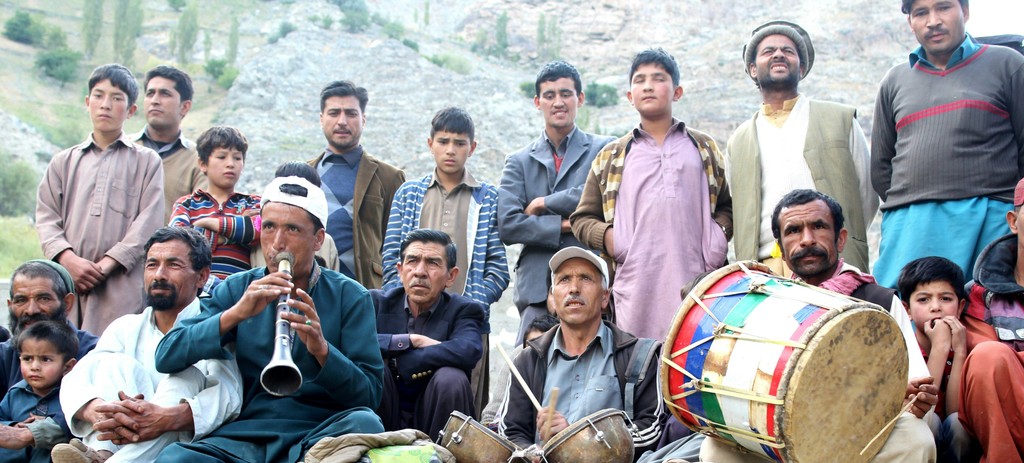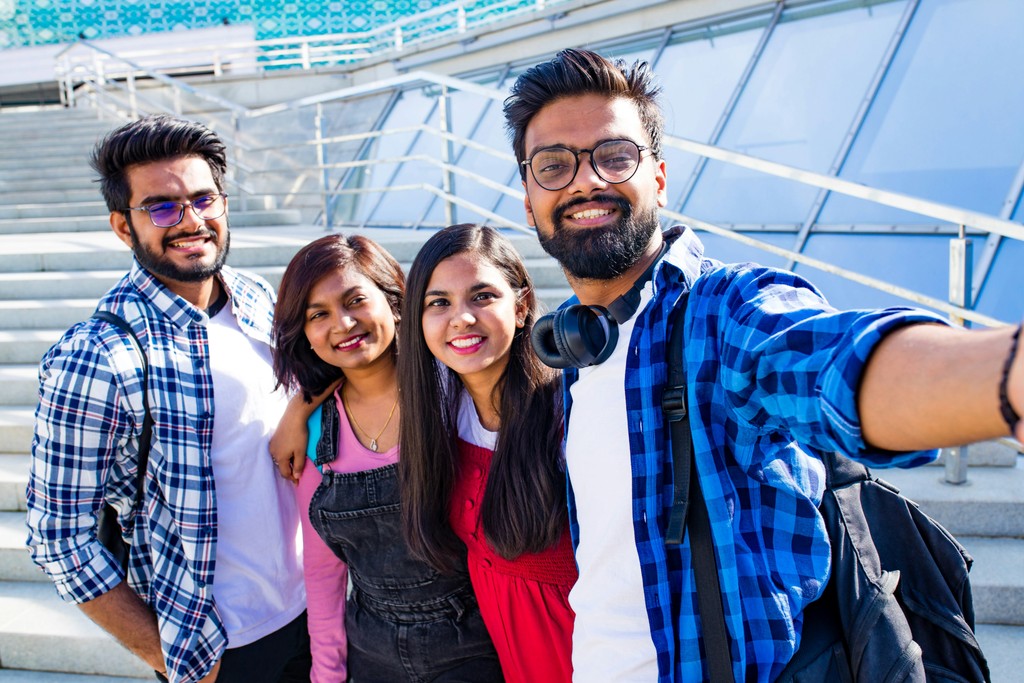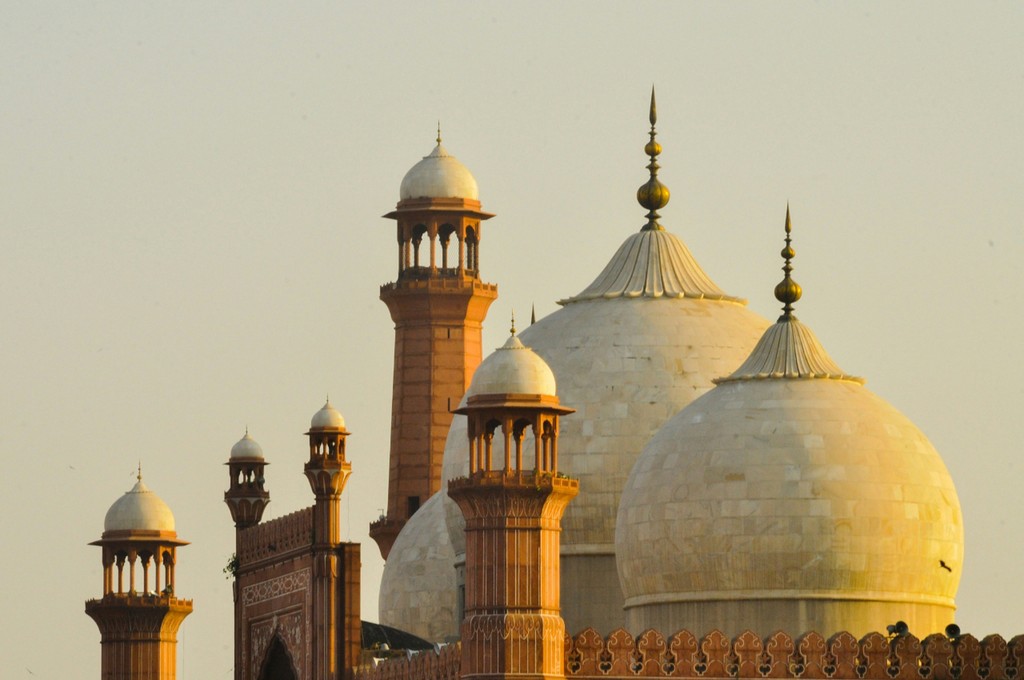
Ryan
Feb 1, 2024
Preserving Memories: Pakistan’s Cultural Tapestry
Pakistan is one of those countries that are famous for their diverse culture and traditional values.
The theme of memory is intrinsically linked to Pakistani culture, and all cultural groups have developed ways of storing information for future generations.
Let's embark on a journey through Pakistan's diverse landscapes and explore the fascinating ways memories are cherished and passed down:
The Power of Oral Traditions: Dastaangoi and Lok Kahaniyan
In Pakistan, storytelling must be considered in saving memories, as it is used throughout the country. Dastaangoi is a form of performing arts commonly seen in Punjab and Sindh, where artists recite history, epics, and sometimes even social issues.
Such performances, performed to the drum beat and with dramatic gestures, ensure that the story remains in the memory and is felt.
Likewise, Lok Kahaniyan (folk tales) are narrated from one generation to the other and form a medium of sharing cultural ethos, history, and lessons for life in the form of stories.

The Strength of Family Bonds: Silsila and Shajra Nasab
Family is very valued in Pakistani culture, and keeping the memory of ancestors is a way of respecting them.
Silsila denotes the lineage, and people usually record their relations.
Shajra Nasab, or the family trees, are not mere lists of names and generations but are more like biographies of the elders and forefathers.
These records help build family pride but also help recall the principles and culture inherited from the past.
The Significance of Rituals: The Art of Recreating the Past Through Practice
Religious and cultural activities also play a vital role in Pakistan's memory process, helping preserve traditions and strengthening the link between individuals and their cultures.
Thus, throughout the year, the tombs of saints and Sufi masters become venues for commemorating and celebrating religious leaders and thinkers.
Events like Eid and Basant, which are annual events, are celebrations and chances to recall the past year and plan for the upcoming year.
Preserving Memories Through Material Culture: Heirlooms and Food.
Tangible items are also used to preserve memory in Pakistan. Such items as antiques handed down from one generation to another are priceless.
Thus, objects like rugs, jewelry, and photographs become tangible connectors to previous generations and long-lost relatives, regardless of how beautiful and unique they are.
Food is another way of creating and keeping memories, and Pakistani cuisine is one of them. Thus, cooking and consuming traditional meals is a form of communicating with the deceased and an expression of culture.
Pakistan in the Digital Age: The New Ways of Preserving Memory
The digital era has brought a new change in memory practice in Pakistan. Social media networks and communication applications help people exchange photos and videos, tell stories, and feel connected even when far away.
However, these digital memories can be easily lost or, more accurately, they can disappear.
Confinity: A Reliable Ally in Protecting Pakistan's Diverse Heritage
Confinity understands the importance of memory in Pakistani culture, given that it is a source of identity. Our secure platform offers a valuable tool to complement existing practices: Our secure platform provides a valuable tool to complement existing practices:
Create a Digital Shajra Nasab:
It also allows the families to upload photographs, papers, and even voice messages to build a more interactive and detailed family tree rather than the conventional Shajra Nasab.
Documenting Traditions:
Confinity enables the contributors to upload videos and photos of cultural activities and ceremonies to keep on the record.
Preserving Recipes and Culinary Traditions:
Recipes, cooking methods, and even stories behind the food can be shared on Confinity, thus preserving the culture of Pakistan's cuisine.

Conclusion
Therefore, in Pakistan, preserving memories of cultures is a complex process. In the puzzle of life, traditions are like pieces necessary to build the memory of the past; from the acting skills demonstrated by Dastaangoi to the valued family treasures, every tradition is essential.
Confinity becomes the link between these age-old traditional practices and new-age digital practices. Families can store their memories safely and enduringly so that Pakistan's rich culture continues to live on.
